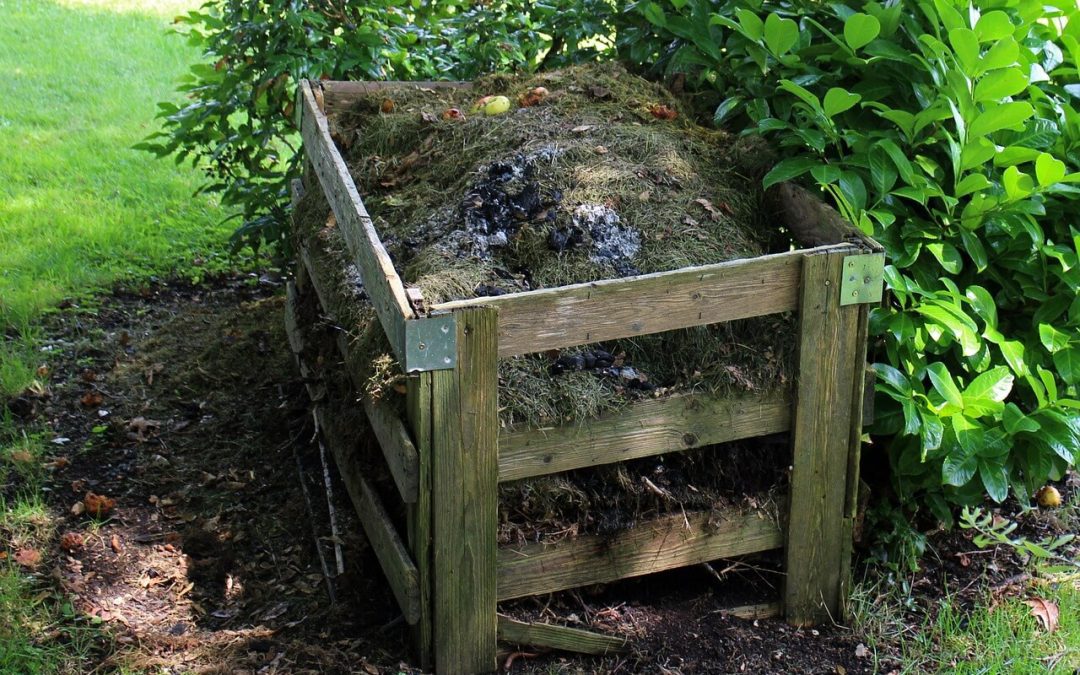Composting is an effective way to reduce household waste and help the environment. It involves creating a system to break down organic materials, such as kitchen scraps, paper and cardboard, and yard trimmings. Composting turns waste into a rich soil amendment for gardens and landscaping. Here are tips for composting at home.
Composting at Home: Location
The location of your compost bin is key to its success. Choose an area that has good drainage, receives some sunlight, and is convenient for adding materials and removing the finished compost. If you don’t have enough space in your yard, you might use a small composting container or in-ground composting boxes.
Use the Right Materials
Understanding what material to add to a compost pile is essential. The best organic material to compost includes kitchen scraps, grass clippings, and leaves. Don’t add meat, fish, dairy products, fats and oils, pet waste, and treated wood. These materials can cause your compost to go rancid or attract pests.
Ensure Proper Aeration
Composting requires air to break down the materials and increase microbial action, which speeds up the process. Aerate the compost bin by regularly turning and mixing the material with a pitchfork or shovel, ensuring oxygen is incorporated into the pile.
Maintain Proper Moisture Levels
Composting requires a good balance of moist and dry ingredients. Too much water will slow the process, while too little can cause it to stop entirely. The compost should be moist but not soggy. To maintain the proper moisture level, cover the compost pile with a tarp or burlap sack and water it periodically.
Monitor Temperature
The temperature of your compost is an important factor in the decomposition process. The optimal temperature is between 90°F and 160°F (32-71°C). If the temperature of your compost goes above 160°F (71°C), it’s an indication the microorganisms in the pile are working too hard. Rotate the materials to circulate air and prevent the microorganisms from dying off.
Layering is Essential When Composting at Home
When adding materials to your compost pile, layer them properly. Start with a layer of twigs and branches at the bottom for drainage, followed by a layer of green material, such as kitchen scraps or grass clippings, then a layer of brown material, such as dried leaves or paper scraps. Add a thin layer of soil or finished compost every few layers to incorporate more microorganisms into the mix.
By following these tips for composting at home, you can reduce waste and create fertilizer for your lawn and garden. When you’re just getting started, start small and work your way up to more compost production as you get more comfortable with the process.
SC Property Inspections provides inspections to customers in the Lowcountry of South Carolina. Contact us to schedule our services.

